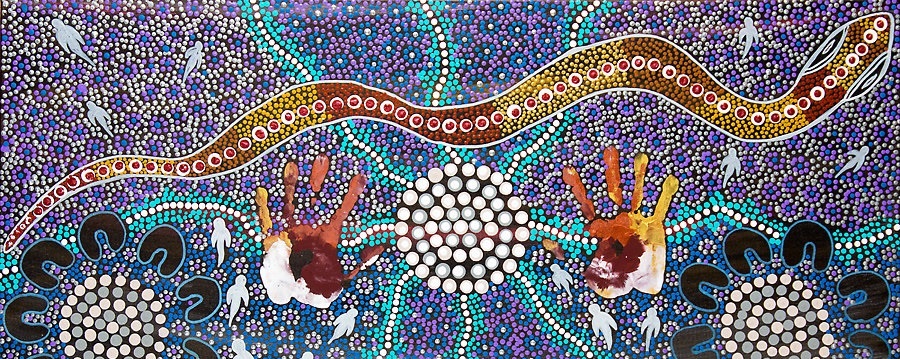Yesterday I blogged about creativity as a learned skill. Yes, there are certain skills that can be learnt as one must learn the skills of any craft. But a student of creative writing, says John Gardner,[1] must learn to guard against the perception that technical skill is sufficient to write a good novel. There is more to writing any novel than the simple mechanics of writing.
In 1934, Dorothea Brande[2] identified creativity as having a dual function: “The unconscious must flow freely and richly, bringing on demand all the treasures of memory ... and the conscious mind must control, combine and discriminate between these materials.”
Although the skills of creativity can be learned by the conscious mind, there appears to be a preconscious knowledge, unique to each individual author, which is also required for creativity. It is from deep within this source that each author finds his [3] distinctive writing ‘voice’.
This preconscious knowledge or, as Professor Jacques Maritain[4] names it, creative intuition, is natural to mankind; it cannot be learned. Lying latent in the individual’s unconscious, and containing everything that is already given, creative intuition is an innate trait which will, when needed, emerge into the conscious mind in an imperceptible and imperative manner, compelling the personality to the creative act. An author creating a new novel will be ‘driven’ to write by some inner demand that he may not even be aware of.
Creative intuition is connected to the totality of the individual and, through the power of a learned technique, can be given direction during the creative process.[5] As an innate trait, this creative intuition is distinct from the Platonic Muse. Hidden in the domain of the individual’s unconscious mind, it is a combination of the knowledge we are born with [a priori]and the knowledge we gain through our experiences[a posteriori].[6]
The product of this preconscious activity is not the need for mere self-expression without artistic form; it presents the drive to a logical formulation and representation of the sentient, responsive life that is the artist’s vision of reality. The creative writer wants to shape and craft his idea into a good story.
The artist, in the process of creating, must objectively draw on his “inner material”, innate in his being and, using learned technical skill, transmute it into a work of art.[7] He must also be a person who never forgets the sensory impressions which he has experienced and, in the process of making his creation, he must be able to recreate them with all the originality of his innate creativity.[8] John Keats, in a letter to Richard Woodhouse in 1818, says that the “poetical character” must “have no self; it must be every thing and nothing”[9] as it draws from all around it and becomes that which it experiences.
Creativity appears to require not only a strongly functioning ego (or conscious mind) that is capable of judgement, persistence and control (the ability to learn skills), but must also have ready access to the realm of the psyche (the unconscious mind with its latent and innate creative intuition as well as its absorbed sensory experiences).[10]
So, you ask, if an author is technically skilled and able to think creatively, his novels must be destined for publication, right? Wrong. There is still more to what creativity is, but that will be tomorrow’s blog.
[1] Gardner, John. 1983. On Becoming a Novelist. Harper & Row Publishers, Inc. New York, United States of America Pp. 81.
[2] As quoted in Geraghty, Margret. 1995. The Novelist’s Guide. Piatkis Publishers Ltd. London, United Kingdom. 1997 Edition. Pp. 17.
[3] For ease of reading, the artist is referred to in the male gender. This reference does, of course, mean either the male or female gender.
[4]Maritain, Jacques. 1953. Creative Intuition in Art and Poetry. Meridan Books, The World Publishing Company. Ohio, United States of America. 1966 Reprint.
[5] Op Cit, Maritain, Pp. 98-99.
[6] Ibid, Pp. 66-67.
[7] Storr, Anthony. 1972. The Dynamics of Creation. Penguin Books Ltd. Harmondsworth, United Kingdom. Pp. 182-184.
[8] Vernon, P.E. (Editor). 1970. Creativity. Penguin Books Ltd. Harmondsworth, United Kingdom. 1980 Reprint.“The making of a poem” Stephen Spender. Pp. 70.
[9] Barnard, John. 1973. John Keats: The Complete Poems. Penguin Classics. London, United Kingdom. 1988, Third Edition. Pp. 547-548.
[10] Op cit., Storr. Pp. 266.

No comments:
Post a Comment